- DroidAfrica
- Gadgets
- Blackview
- Blackview A50
Blackview A50
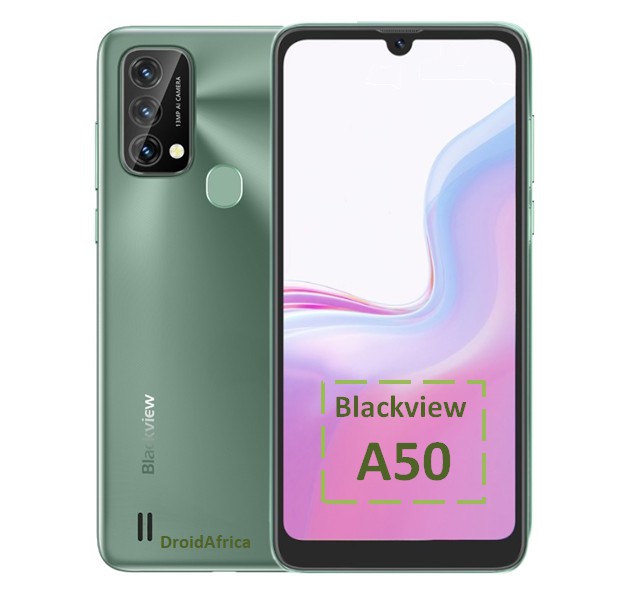
Blackview A50 Highlights and Overview
This is Blackview A50, another affordable smartphone for the budget minded folks. The phone is powered by a quad-core Tiger CPU, and come with three lenses on the back. The front has a 6.088-inches HD+ screen, with 720 x 1560 pixels resolution and a dewdrop notch on the head.

Powering the Blackview A50 is a quad-core Tiger T310 CPU from UNiSOC, with 1 Cortex-A75 @2.0GHz and 3 Cortex-A55 @1.8GHz, along with PowerVR GT7200 GPU, 3GB RAM and 64-Gigs of internal storage, expandable up to 1TB.
On the camera department, the Blackview A50 come with three lenses on the rear. Of these three, the main snapper is a 13-megapixel Sony IMX258 lens, along with an LED flash, while a single 5-megapixel selfie lens is used on the front.

The device does have a rear-mounted fingerprint scanner as well as AI faceID. It comes with 4280mAh battery, and boot Google Android 11 out of the box. The rest the specs of Blackview A50 is contained in the table below.
Blackview A50 Full Specifications and Features
NETWORK
| Technology | GSM / HSPA / LTE |
| 2G Network Bands | GSM Bands 2(1900), 3(1800), 5(850), 8(900) - SIM 1 and SIM 2 |
| 3G Network Bands | HSDPA Bands 1(2100), 8(900) |
| 4G Network Bands | LTE band 1, 3, 7, 8, 20, 40 |
| 5G Network Bands | Does not have support for 5G Network |
| Speed | HSPA 42.2/5.76 Mbps, LTE-A |
LAUNCH
| Also Known As |
- - |
BODY
| Dimensions | 156.4 x 72.9 x 8.9 mm |
| Weight | 156 grams |
| Build | Front glass, plastic body |
| SIM Type | Dual SIM (Nano-SIM, dual stand-by) |
DISPLAY
| Display Type | IPS LCD capacitive touchscreen, 16M colors |
| Size | 6.088 inches, 96.7 cm2 (~81.3% screen-to-body ratio) |
| Resolution | 720 x 1560 pixels, 19.5:9 ratio (~282 ppi density) |
PLATFORM
| Operating System | Android 11 with Doke OS 2.0 |
| Chipset | UNISOC Tiger T310 |
| CPU | Quad-core (1x2.0 GHz Cortex-A75 & 3x1.8 GHz Cortex-A55) |
| GPU | PowerVR GT7200 |
MEMORY
| RAM + ROM | 3GB + 64GB |
| Card Slot | microSD, up to 256GB (uses SIM 2 slot) |
MAIN CAMERA
| Camera Type | Triple Lenses |
| Camera Sensor(s) |
Main: 13 MP Depth: 0.3 MP Depth: 0.3 MP |
| Camera Features | Autofocus / Continuous shooting / Digital zoom / LED flash |
| Video Resolution | 1080p@30fps |
SELFIE CAMERA
| Camera Type | Single Lens |
| Camera Sensor(s) | 5 megapixel front |
| Camera Features | Face unlock |
| Video Resolution | 720@30fps |
SOUND
| Loudspeaker | Yes |
| Speaker Location | At the back of the phone |
| Audio Jack Type | Yes, 3.5mm audio jack |
CONNECTIVITY
| Bluetooth | Bluetooth 5.0, A2DP |
| NFC | |
| GPS | Yes, with A-GPS, GLONASS |
| FM Radio | Yes, Digital FM |
BATTERY
| Battery Capacity | Non-removable Li-Ion 4280mAh battery |
OTHER FEATURES
| Sensors | Fingerprint (side-mounted), accelerometer, proximity, compass |
| Box Contents | Charging Brick / USB cable |
Blackview A50 User Reviews and Opinions
Disclaimer Note
This specification was entered manually, hence we CANNOT guarantee 100% accuracy. Any error? Let us know in the comment section.










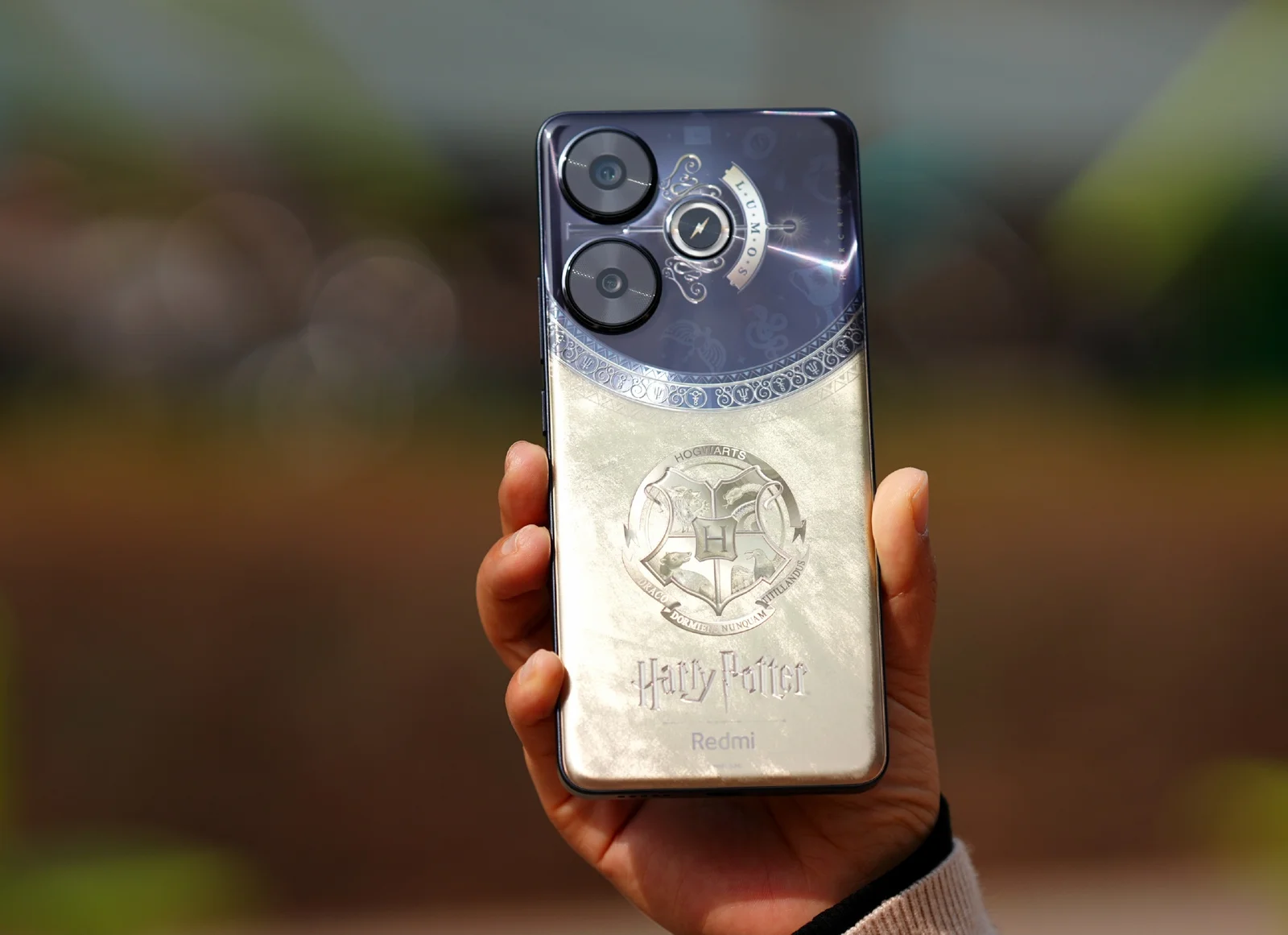
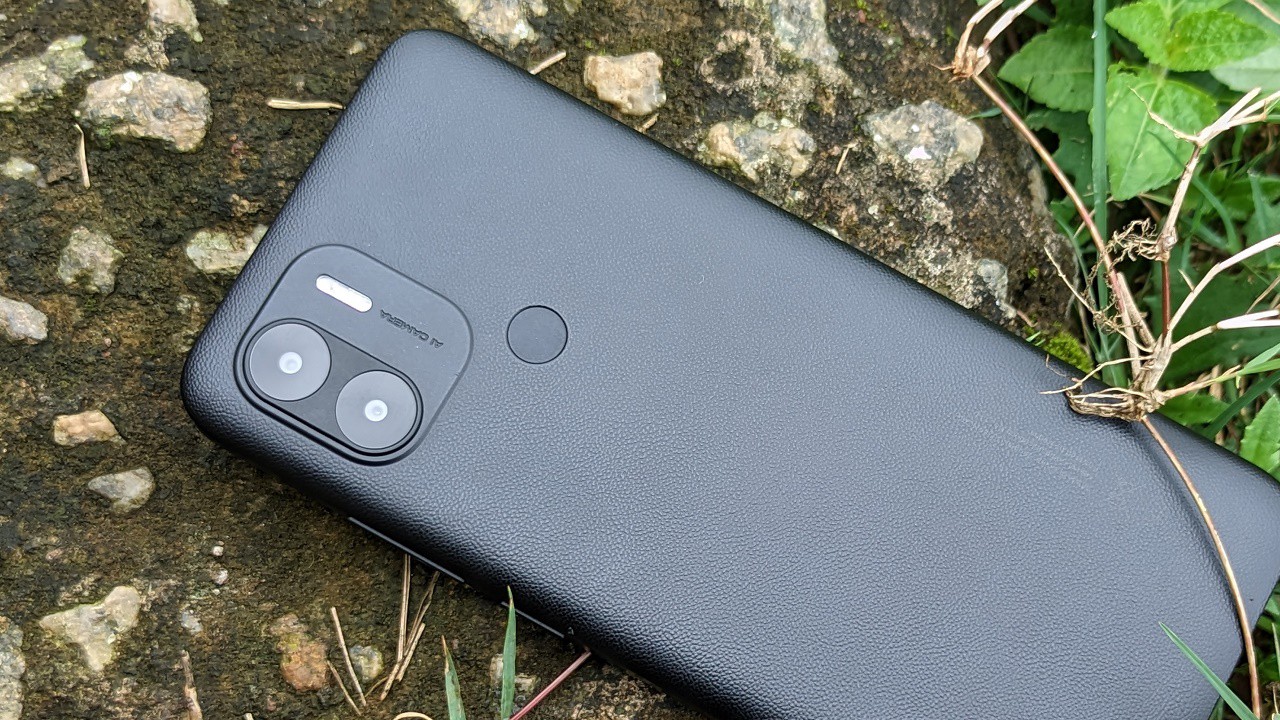
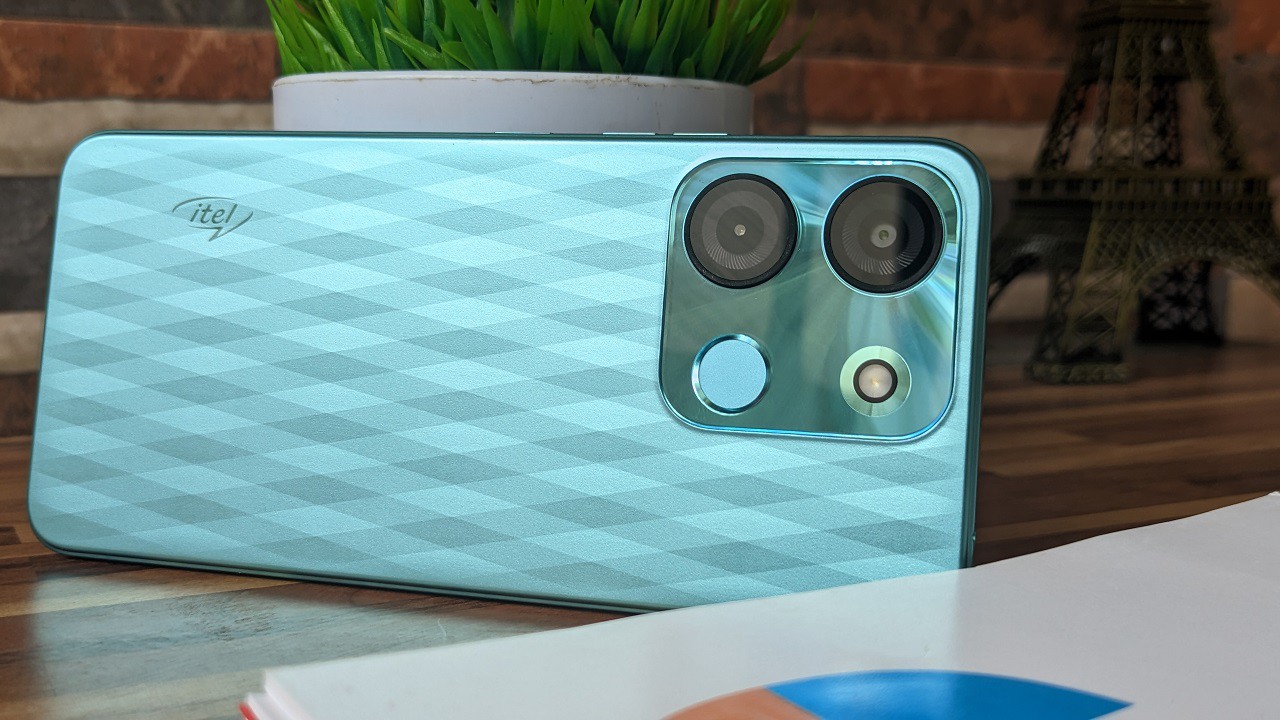
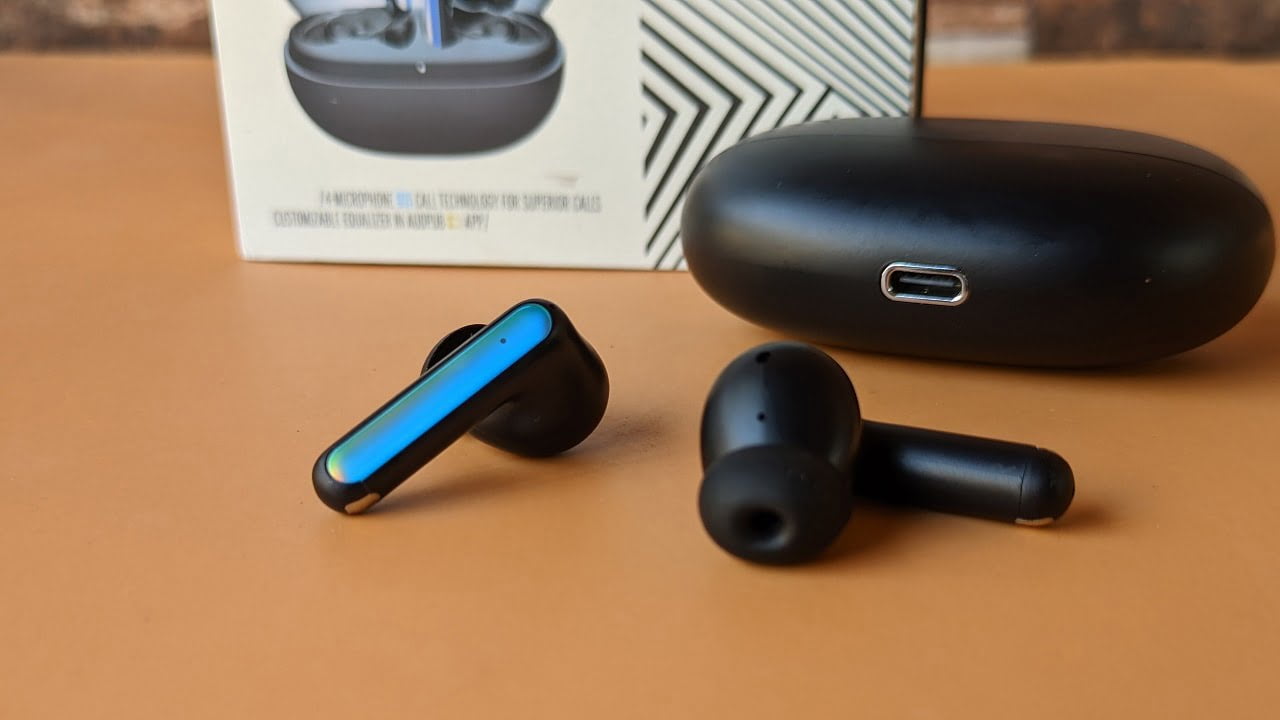
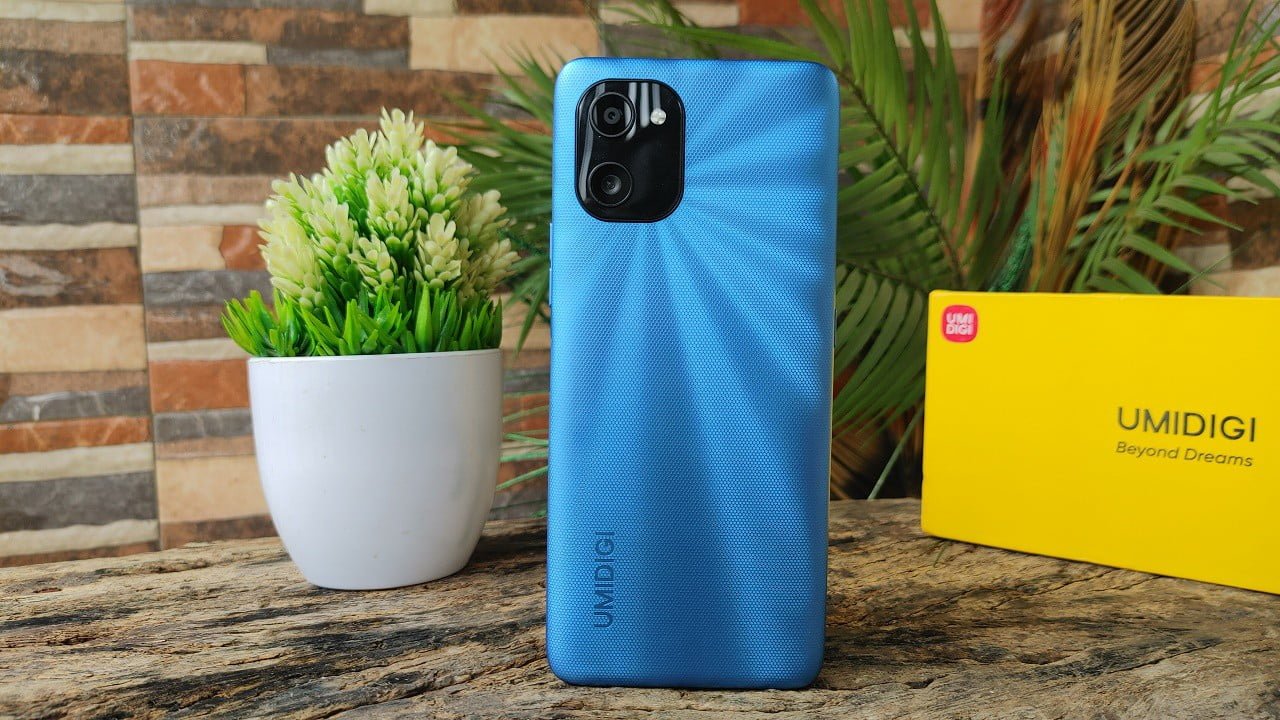
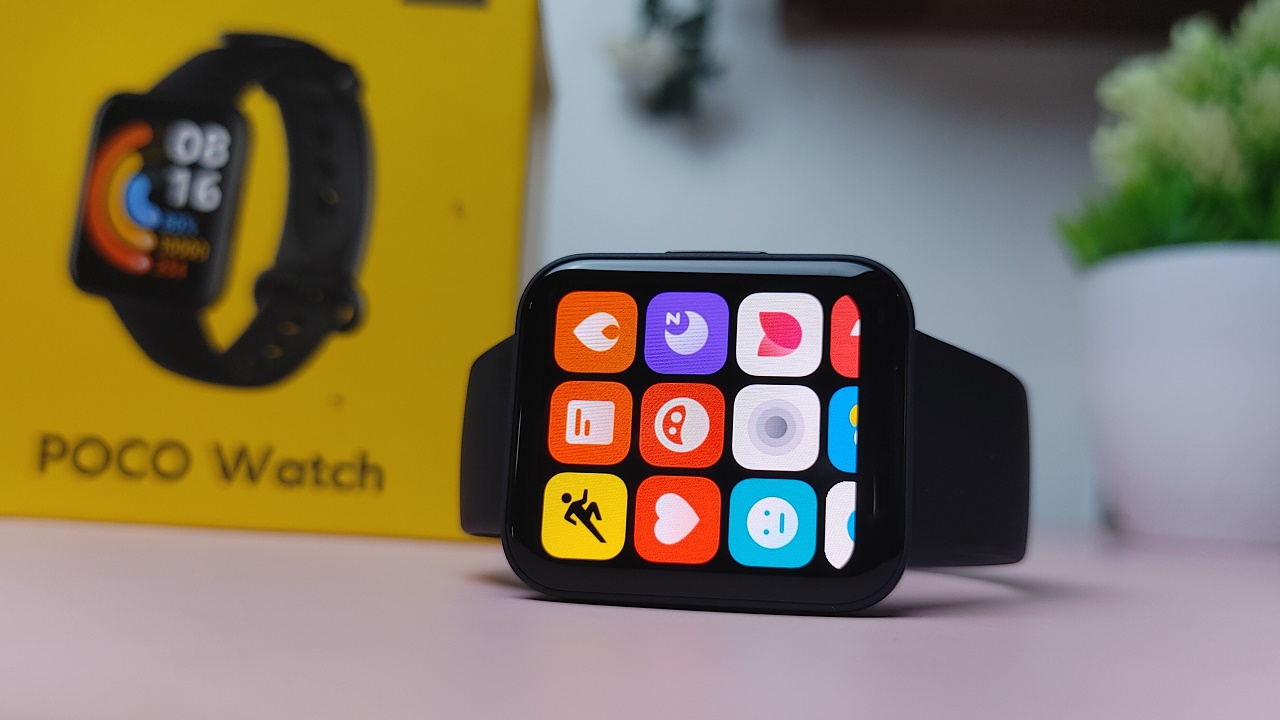
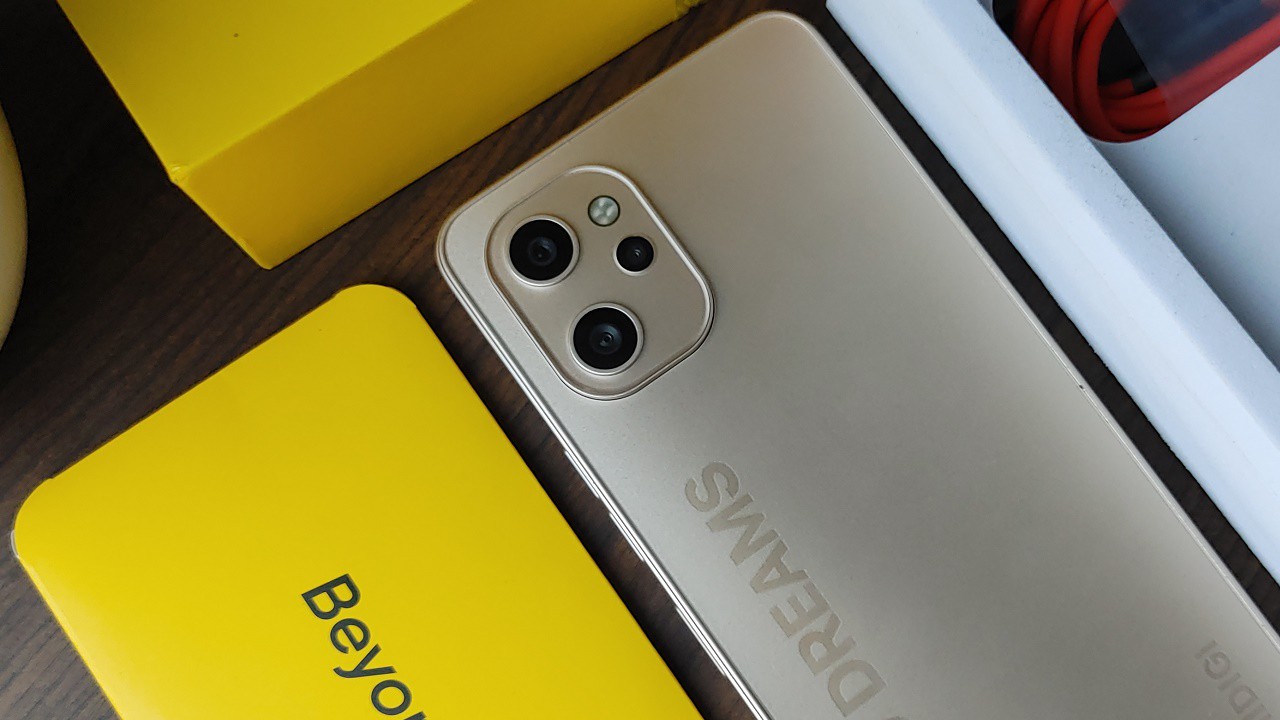
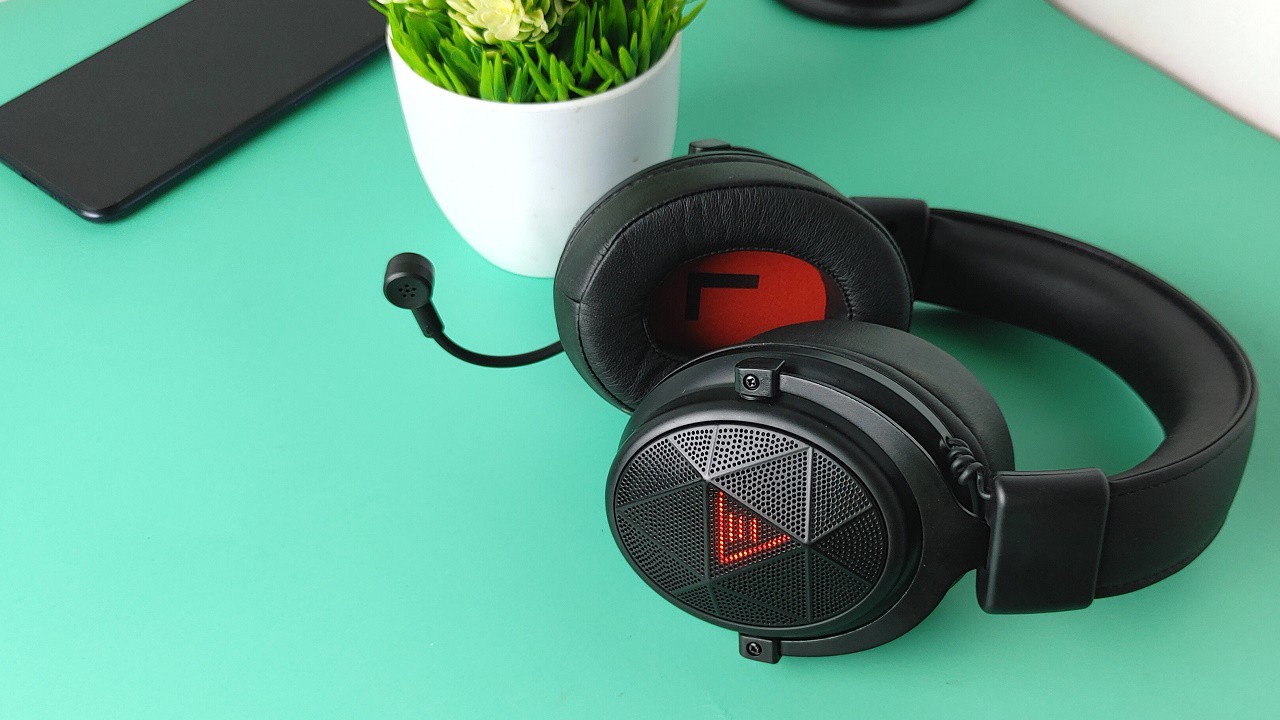
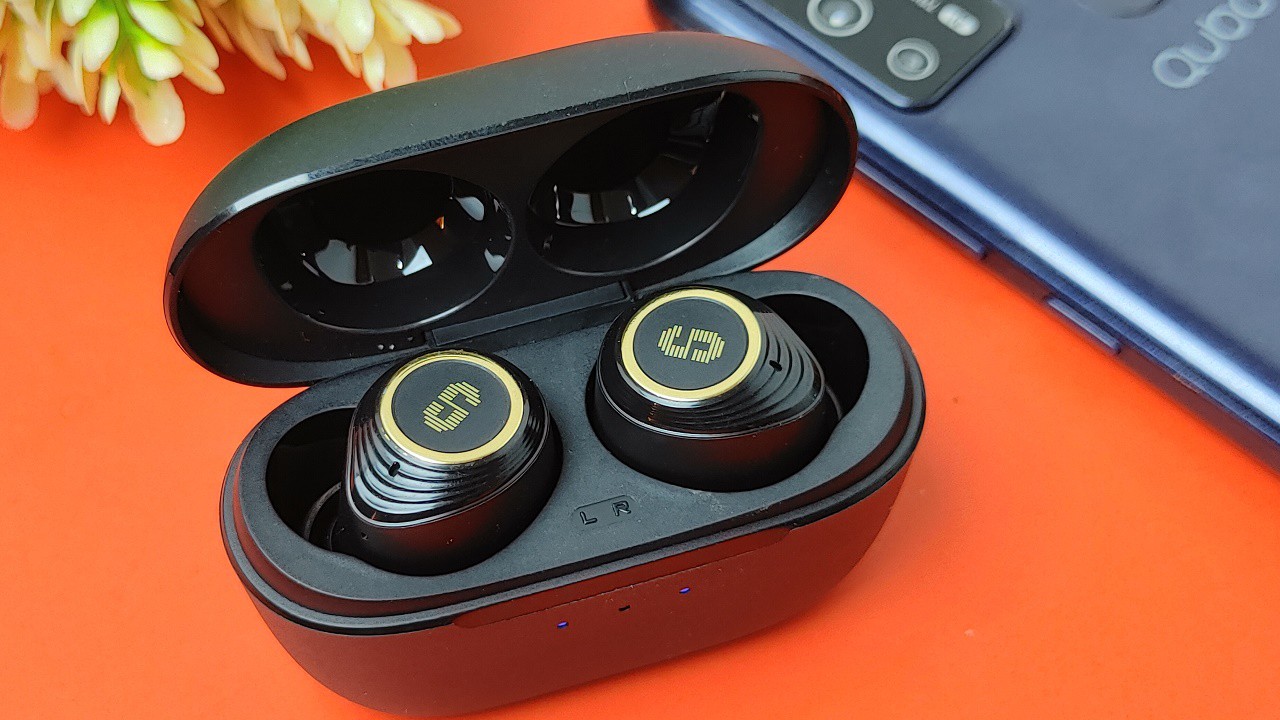
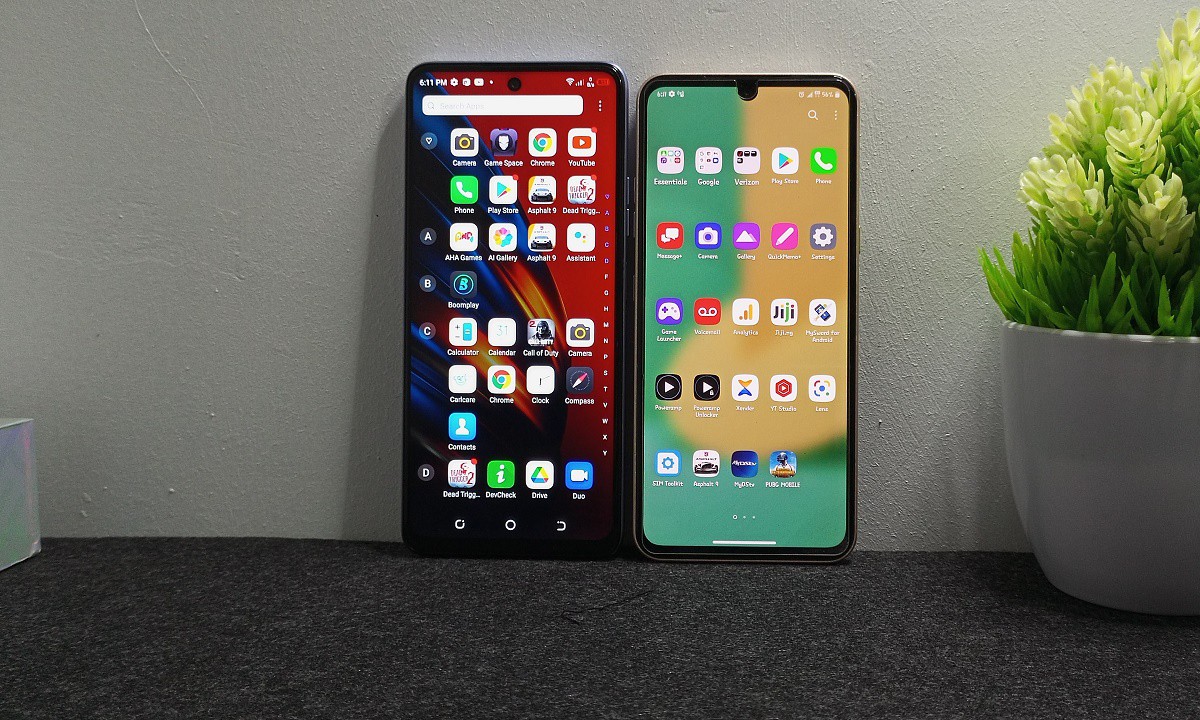

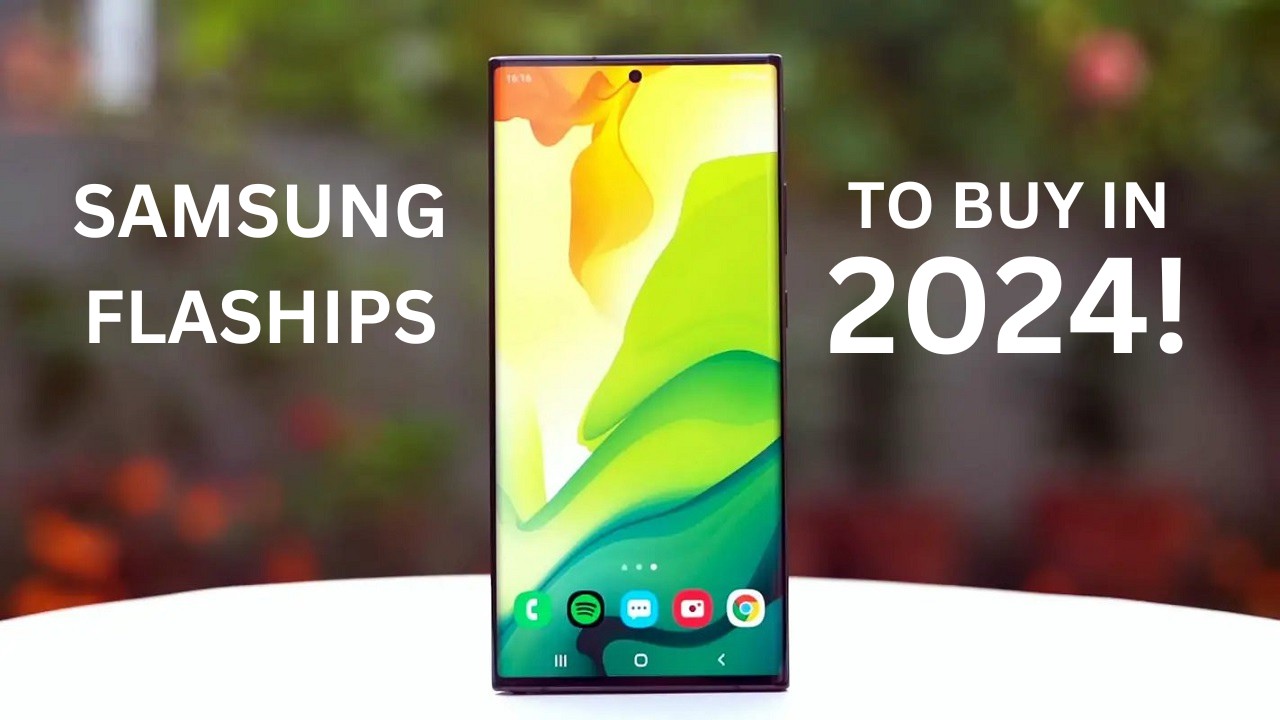
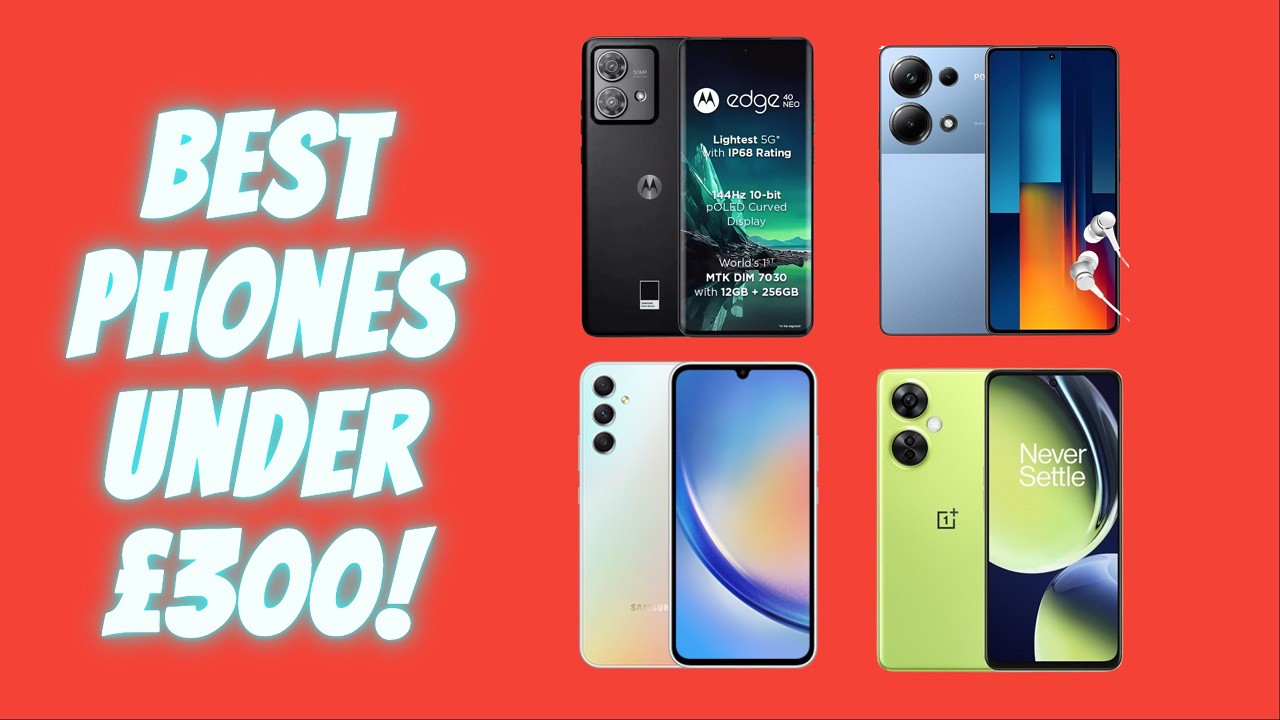

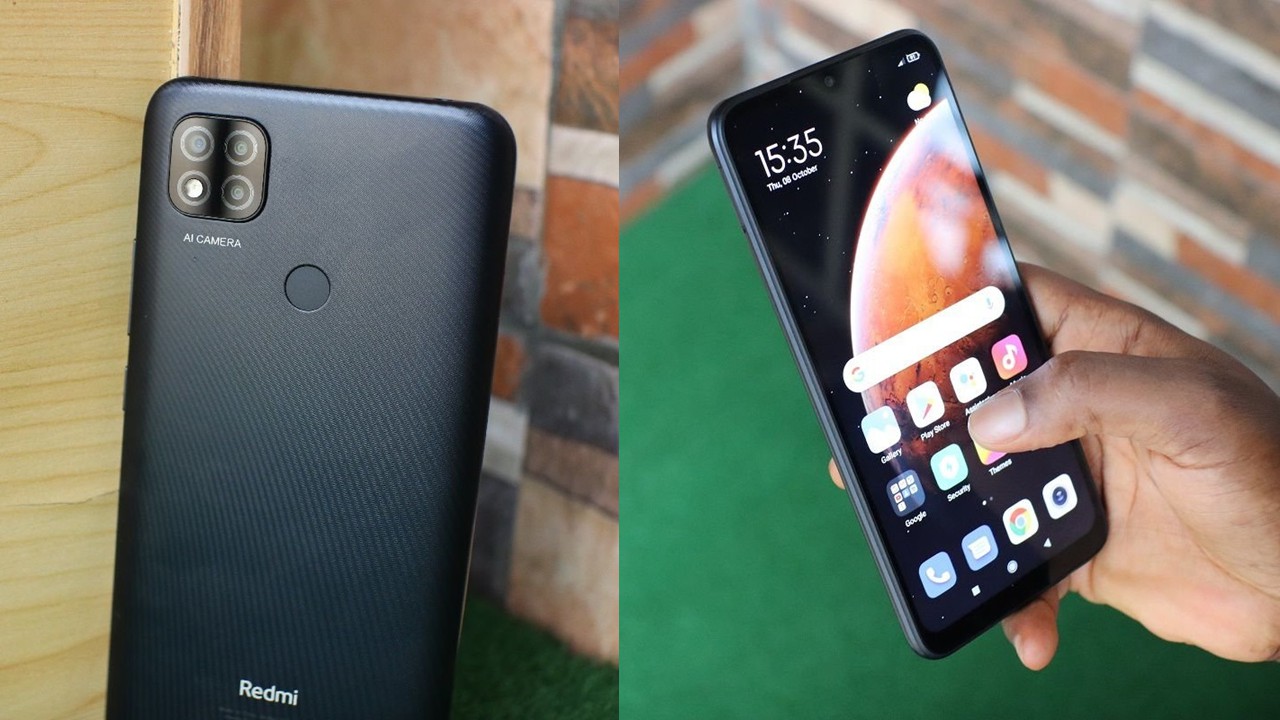
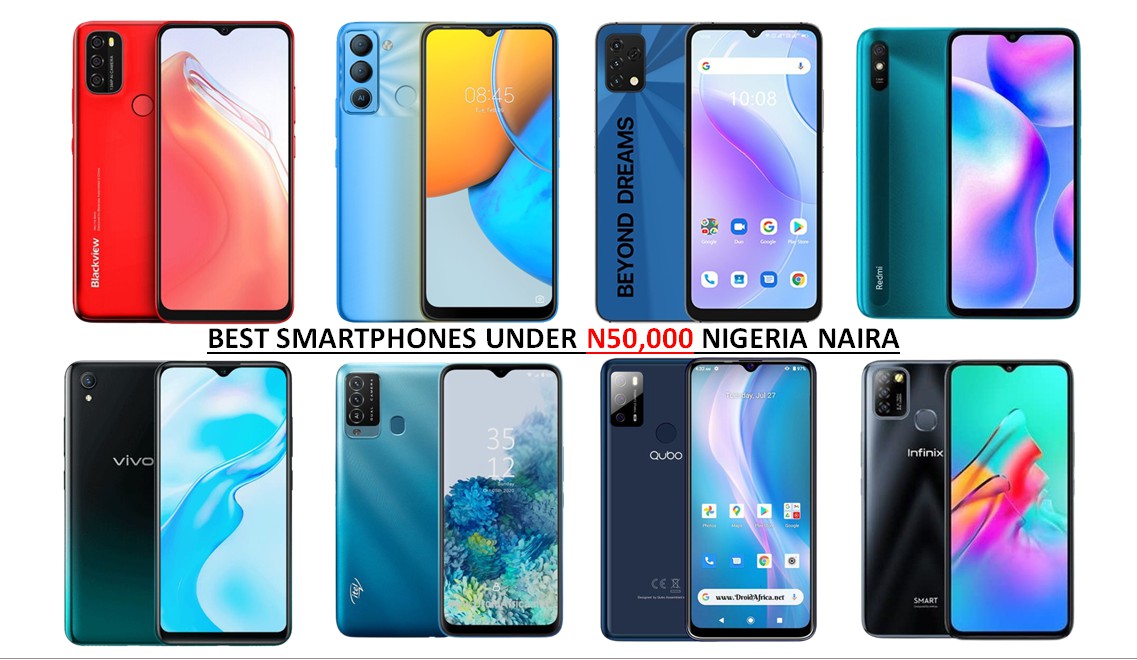
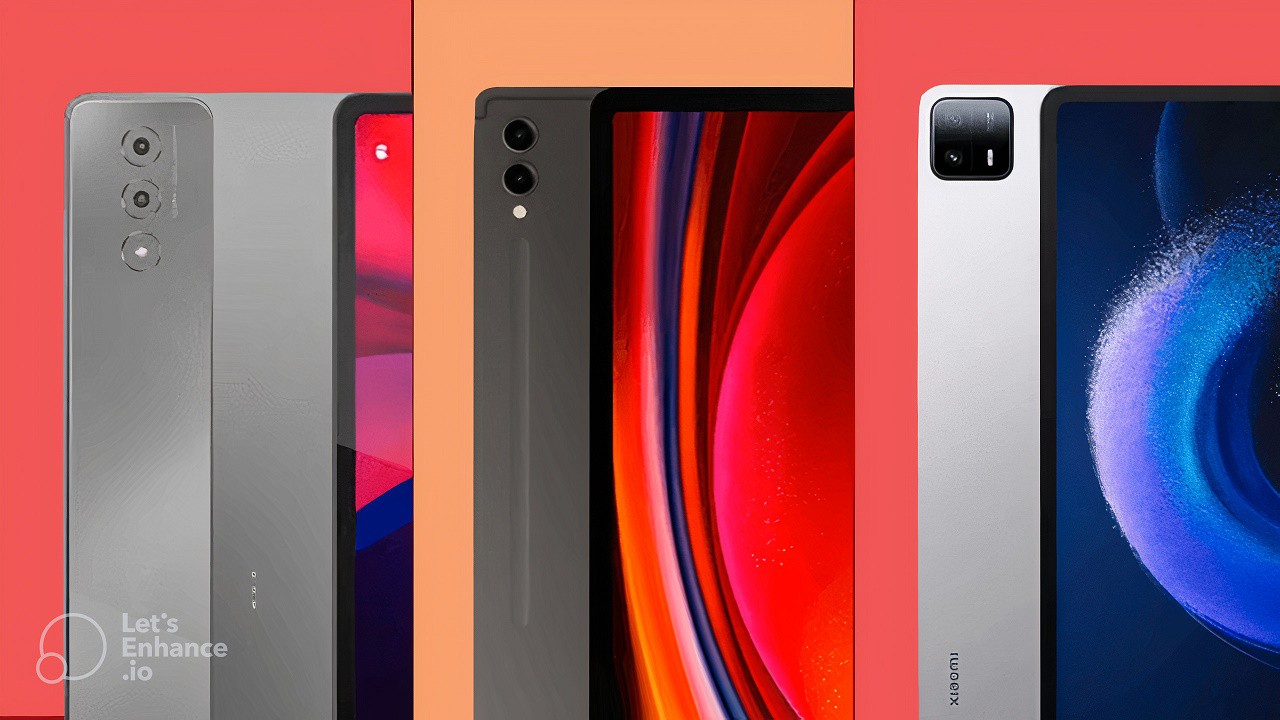
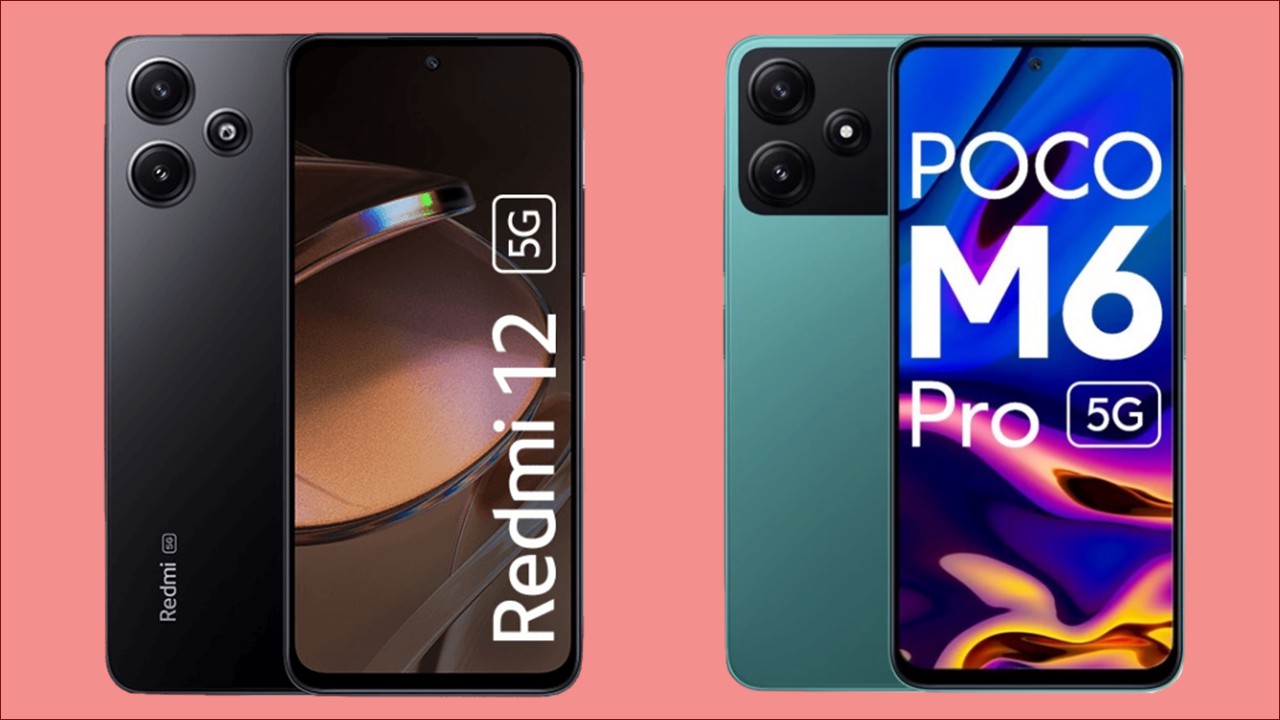

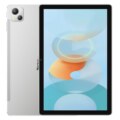
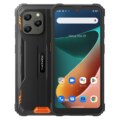
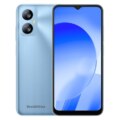
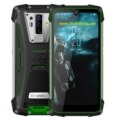
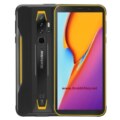
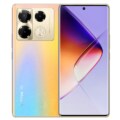
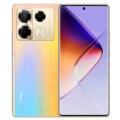
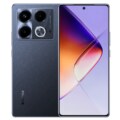
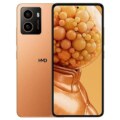
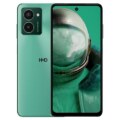


Leave a Reply